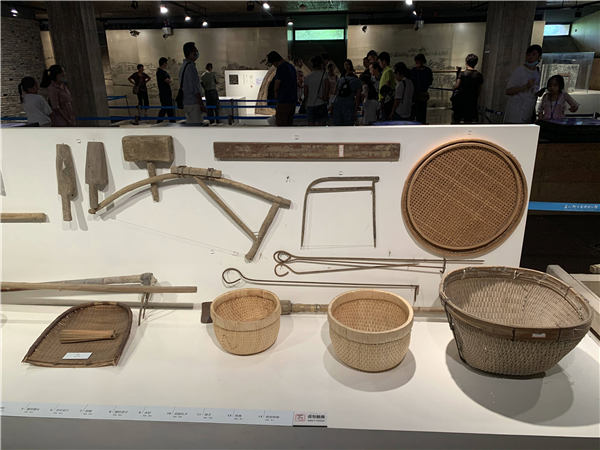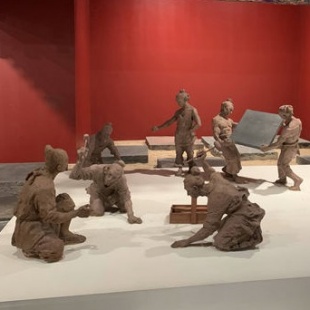Brick by brick


Visitors can touch the exhibits and learn more about the brick culture. There is also an imitation kiln patio on this floor with a narrow crack in an exhibited wall at the entrance that one can squeeze through.
The third floor presents the restoration models of some palaces and buildings that have been made with the bricks since the Ming and Qing dynasties. The names of hundreds of craftsmen are written on an illuminated wall.
In July 2019, the Suzhou museum donated some imperial bricks to the French Architectural Heritage Museum at Place du Tertre in Paris to mark the 55th anniversary of the establishment of diplomatic relations between China and France.
The museum is located on the west bank of Yangcheng Lake, where the mild soil has given the bricks a texture "different from other places in the country", Shen says. The area has since been the only source of bricks used in the interior works of the Forbidden City until the end of the Qing Dynasty.
"For the imperial brick, its noble status is not only an honor but also a burden. After the end of China's feudal monarchy in 1912, the bricks were no longer needed, and the craftsmanship dissipated among the people," Shen says.
In the 1980s, Jin Meiquan, a bricklayer whose family made imperial bricks for generations, restored the old method of making imperial bricks and brought them back to life.
His team worked on the porch of Kunning Gong (Palace of Earthly Tranquility) at the Forbidden City in the early 1990s. They haven't sustained major wear and tear, even though millions of visitors have walked on them.





































